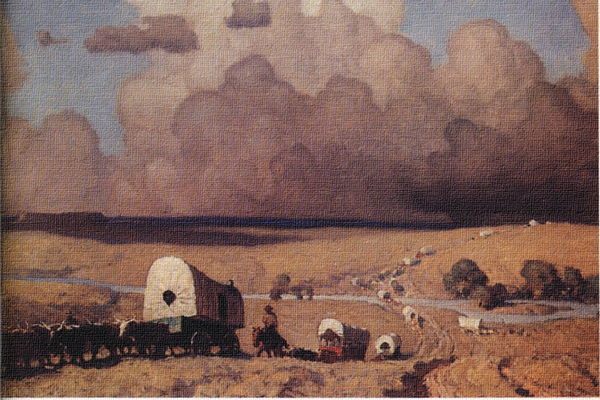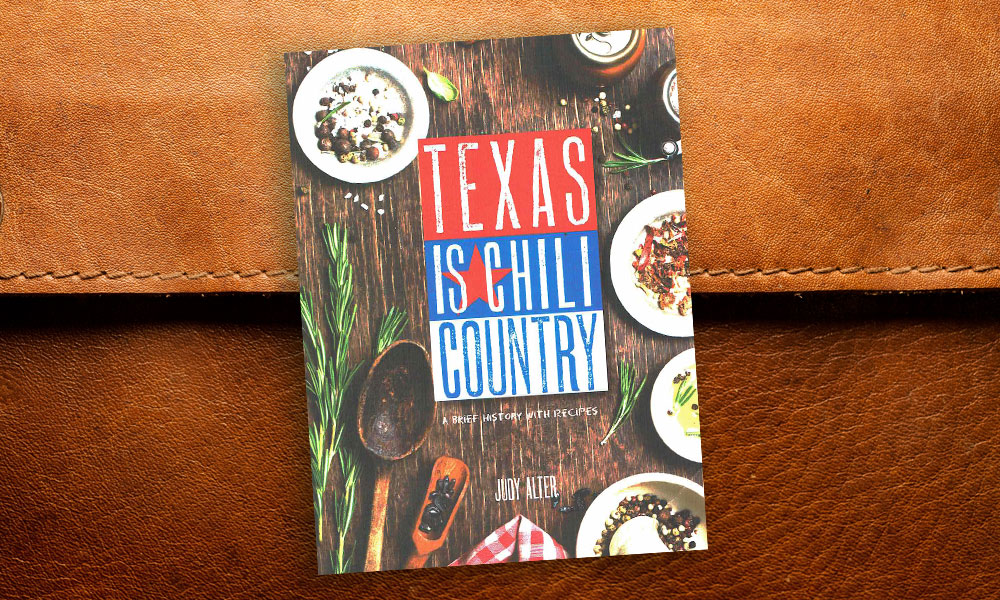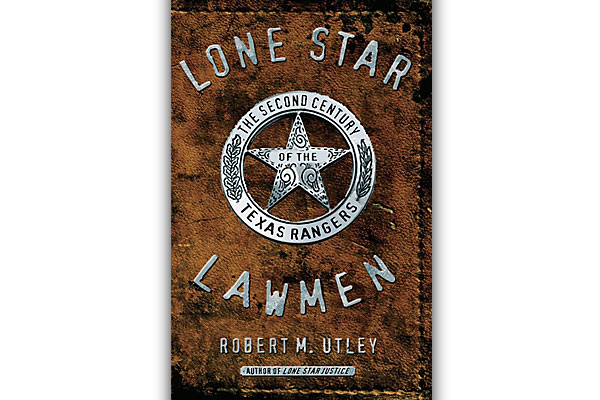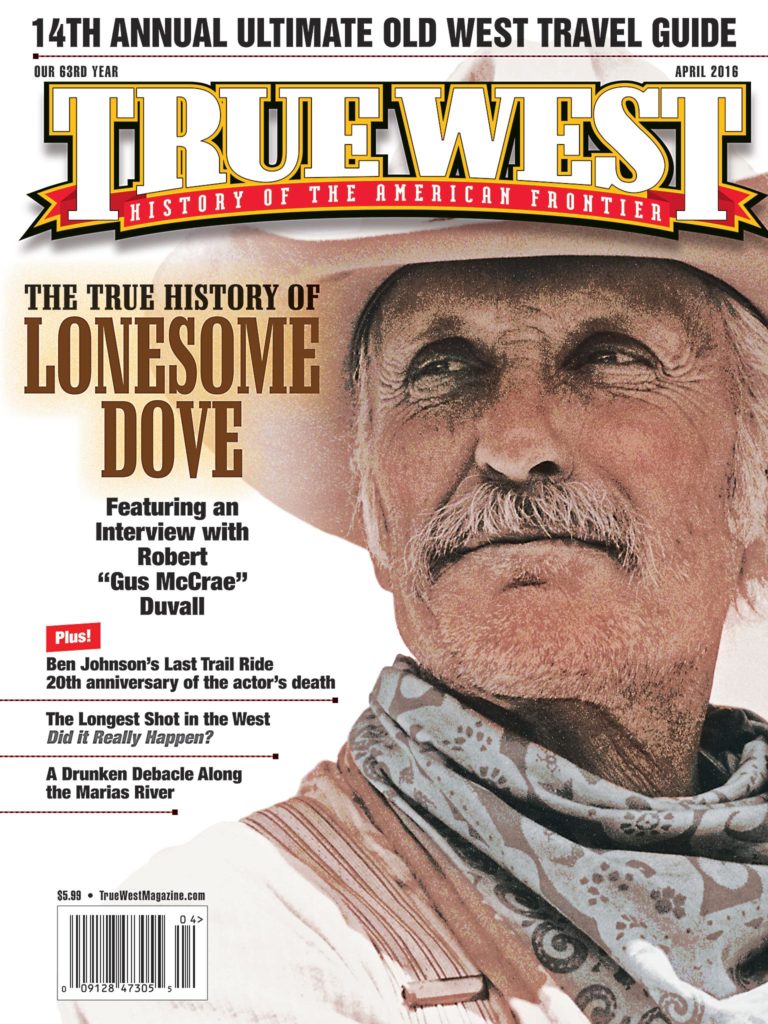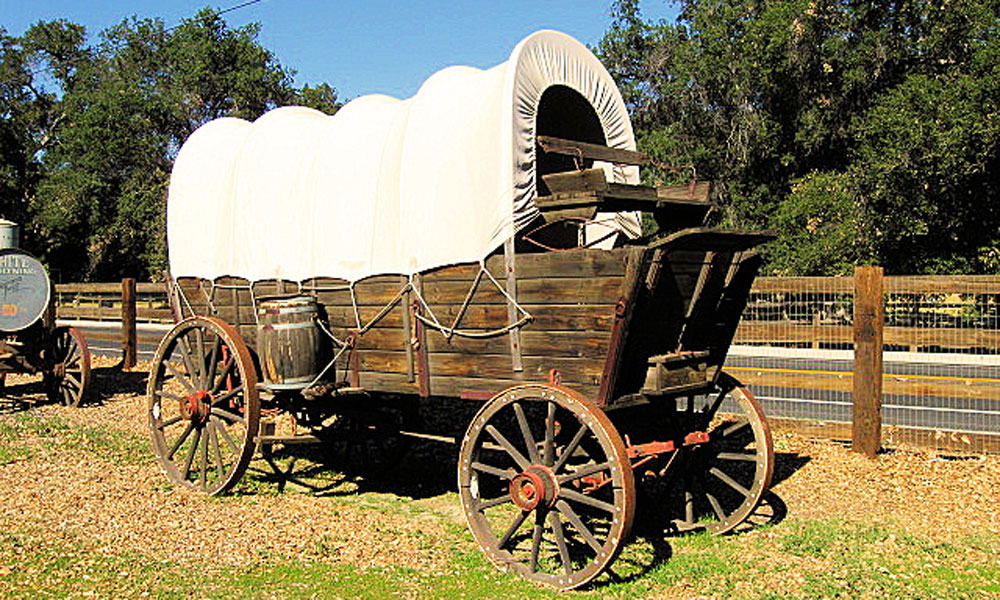
What that phrase meant in the mid-1800s—was the “camel of the prairie,” the small wooden wagon carrying some 400,000 people west, the Conestoga wagon. A lot of romance has embraced the wagon trains of 1843 to 1870 that cut ruts into the lands west of the Mississippi River, but real life in those caravans was anything but romantic. The Conestoga wagons were typically 10 feet long, 4 feet wide and 2 feet deep, covered by hoops over which canvas was stretched. The name came from its Pennsylvania Dutch inventor, after the Conestoga Valley where it was first built in the 1700s. The Conestoga was eventually replaced by a smaller, sleeker “prairie schooner,” named because its white top looked like ship sails. In either wagon, travel was constant and relentless: they traveled 12 to 20 miles a day, seven days a week because, as they said, “there was no Sunday west of Omaha.” The day began before dawn until a quick meal at “nooning” and then continued all afternoon until camping for the night. By then, milk that had hung under the wagon all day had churned into butter. Biscuits or bread were made. If there was meat, it was cooked over an open spit, but more often than not, dinner was beans and bread. There, of course, was no fresh vegetables or fruit, unless the children had happened on berries along the way and didn’t eat them all on the spot. After dinner, there was sometimes fiddle music and a dance, but usually, the travelers were so exhausted, they bedded down under the stars, protected by a circle of wagons that held every precious possession for their new life.


